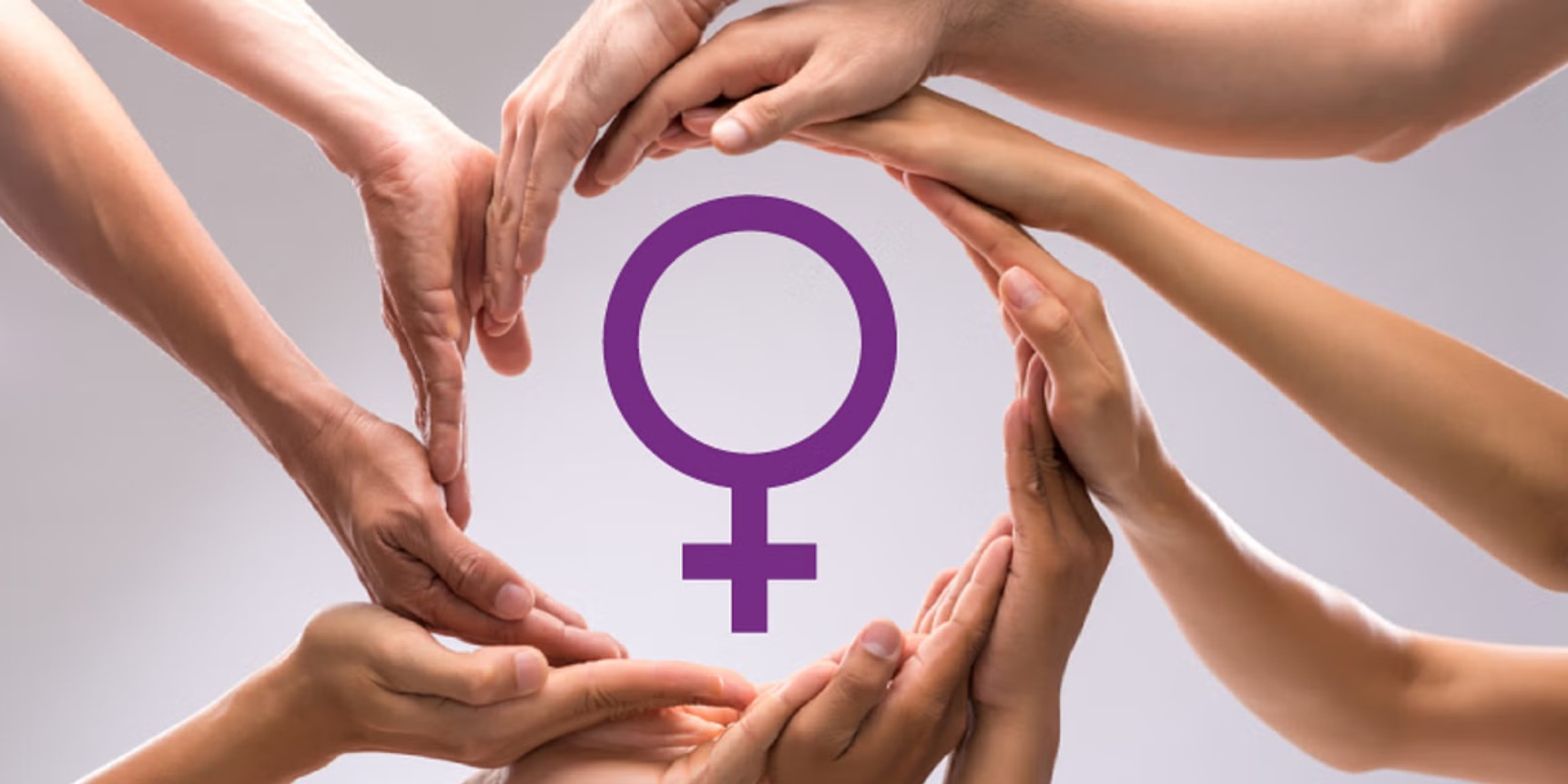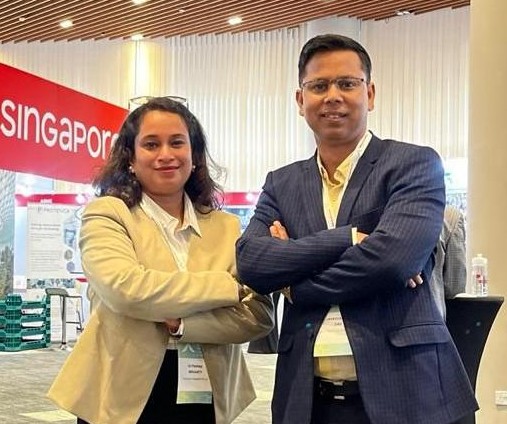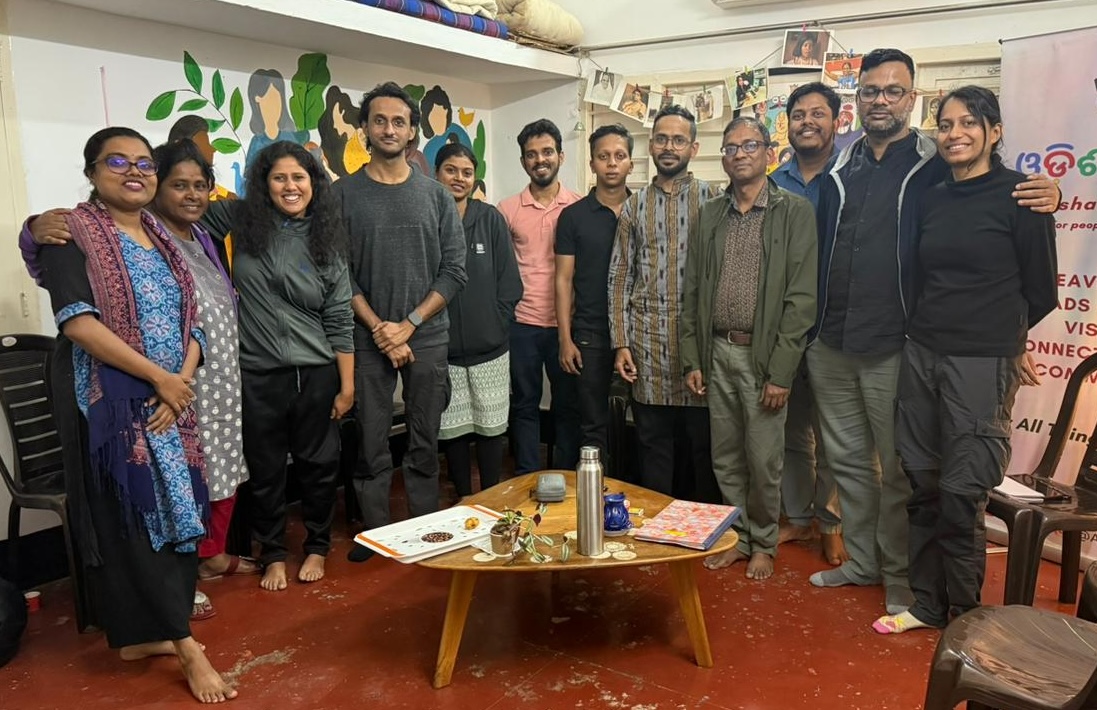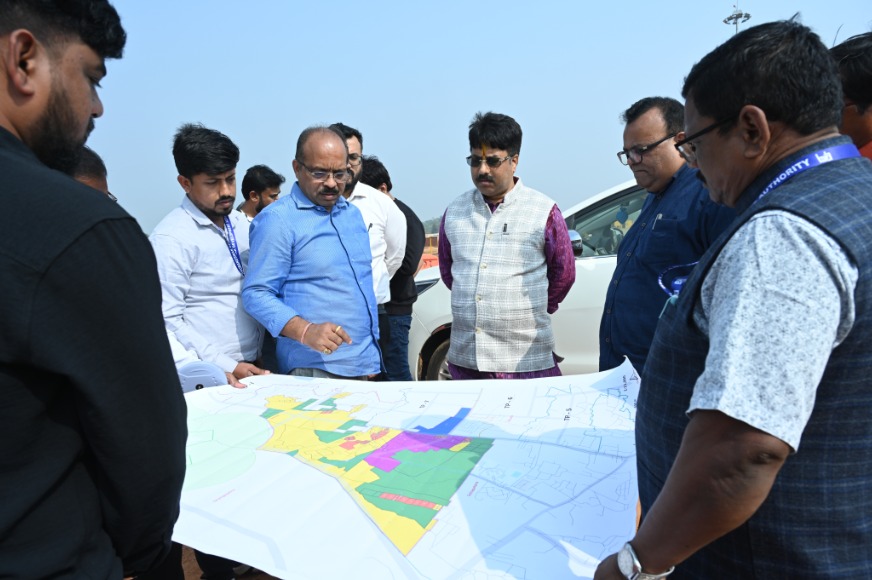New Delhi: The Economic Survey 2023-24, presented in Parliament today by Union Finance and Corporate Affairs Minister Nirmala Sitharaman, marks a significant shift in India’s approach to gender equality, transitioning from women’s development to women-led development. This pivot underscores the nation’s evolving strategy to address global and geopolitical challenges while showcasing its economic resilience and consolidation post-COVID.
Empowering Women Through Increased Budget Allocation
The survey reveals a dramatic 218.8% increase in the budget allocated for women’s welfare and empowerment, growing from ₹97,134 crore in FY14 to ₹3.10 lakh crore in FY25. The Gender Budget Statement (GBS) has also seen a 38.7% rise compared to FY24, with its share in the total Union Budget reaching 6.5% in FY25, the highest since the GBS’s introduction in FY06.
Improving Health and Education for Girls
Central to the survey’s findings is the focus on improving the health and education of girls. The sex ratio at birth has improved from 918 in 2014-15 to 930 in 2023-24, while the maternal mortality rate has decreased from 130 per lakh live births in 2014-16 to 97 per lakh live births in 2018-20. Initiatives like “Beti Bachao, Beti Padhao” and Sukanya Samriddhi Yojana have played a crucial role in promoting the well-being and education of the girl child.
The prevalence of institutional deliveries has risen significantly from 78.9% in 2015-16 to 88.6% in 2019-21, driven by programs such as Janani Shishu Suraksha Karyakram and PM Matru Vandana Yojana. These programs not only incentivize institutional deliveries but also enhance the utilization of public health services.
Addressing Gender-Specific Disadvantages
The survey emphasizes the importance of addressing gender-specific disadvantages. Initiatives like the Swachh Bharat Mission, Ujjwala Yojana, and Jal Jeevan Mission have significantly improved women’s quality of life by reducing drudgery and enhancing safety and dignity. These programs have freed up time for productive work and participation in women’s collectives through the National Rural Livelihood Mission (NRLM).
Advancing Women’s Education and Skills
The Economic Survey highlights the role of education and skill development in women’s empowerment. With the implementation of Sarva Shiksha Abhiyan and the Right to Education, gender parity in school enrollment has been achieved, and female Gross Enrollment Ratio (GER) in higher education has surpassed male GER for five consecutive years.
Participation in skilling schemes has also increased, with women’s representation rising from 42.7% in FY16 to 52.3% in FY24 under Pradhan Mantri Kaushal Vikas Yojana (PMKVY). Women constitute approximately 82% of beneficiaries under the Jan Shikshan Sansthan (JSS) Scheme, and their participation in ITIs and National Skill Training Institutes (NSTIs) has grown from 9.8% in FY16 to 13.3% in FY24. Additionally, the National Apprenticeship Promotion Scheme (NAPS) has seen women’s participation rise from 7.7% in FY17 to 20.8% in FY24.
Promoting Women in STEM Fields
The survey also highlights the impact of programs aimed at increasing women’s representation in STEM fields. The ‘Women in Science and Engineering-KIRAN (WISE KIRAN)’ program has supported nearly 1,962 women scientists between 2018 and 2023. The Vigyan Jyoti program, launched in 2020, has enrolled around 21,600 female students in science and technology courses from 250 districts as of December 2023.





